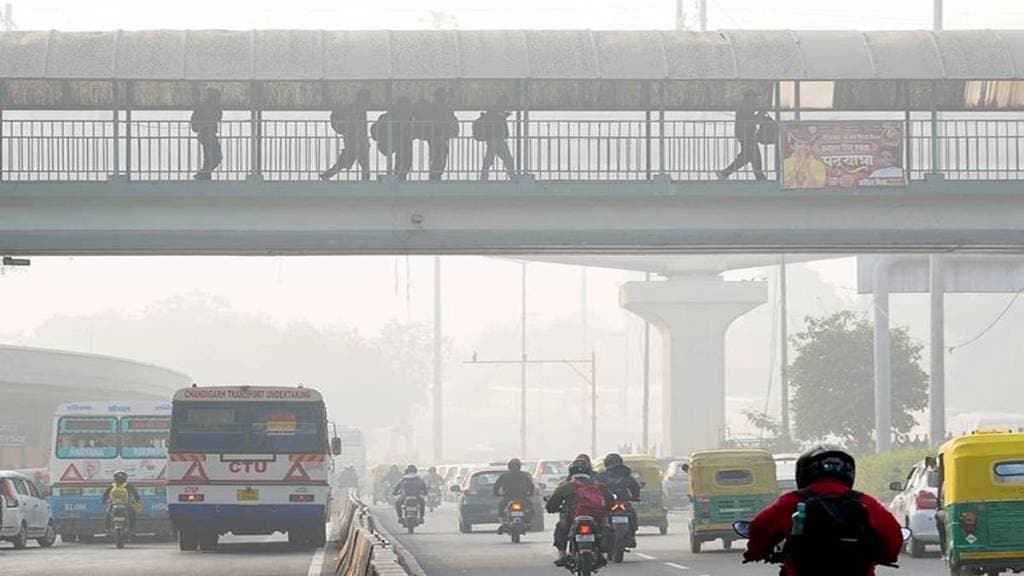The air quality in Delhi showed no signs of improvement on Sunday with an overall reading in the ‘very poor’ category. The city recorded an average AQI of 386 while several stations within the national capital slipped past the ‘severe’ mark. Delhi is expected to veer past the 400 mark by November 17 as vehicular emissions and farm fires continue to wreak havoc. It had previously reported three consecutive days with air quality above 400 last week.
“The air quality is likely to be in the Very Poor category from November 15 to 16. The air quality is likely to be in the Severe category from November 17 to 18. The outlook for the subsequent six Days: The air quality is likely to be in the Severe to Very Poor category,” read an excerpt from the latest Indian Institute of Tropical Meteorology forecast.
The Decision Support System mechanism used by the Indian Institute of Tropical Meteorology indicated that emissions from the transport sector would remain the primary cause (around 17%) while farm fires were a close second (14.55%) on Sunday.
Data from the Central Pollution Control Board indicated that several areas in Delhi had already turned ‘severe’ with AQI well above the 400 mark. The Bawana area led the numbers with an air quality index of 436 while DTU was a close second with an AQI of 433. A majority of AQI stations in the national capital have already hit the ‘severe’ category while the most of the remaining areas fall under the ‘very poor’ classification.
GRAP III curbs ineffective?
The Commission for Air Quality Management has already implemented Stage III of the Graded Response Action Plan across the National Capital Region. The measures — which aim to control emissions through stricter restrictions on construction, vehicular movement and industrial operations — appeared to have little impact as the AQI soared for most of this week. he Supreme Court has also directed the governments of Punjab and Haryana to file a status report on the measures taken to curb stubble burning, which contributes to the air pollution crisis in the Delhi-NCR region.
Under GRAP-III, curbs include a ban on most non-essential construction activities, restrictions on BS-III petrol and BS-IV diesel four-wheelers, suspension of classes for students up to Class 5 with a shift to hybrid or online learning, curbs on industrial operations dependent on non-clean fuel, and a ban on non-emergency diesel generator sets. The plan also restricts industrial activity at non-clean fuel facilities and bans non-emergency diesel generator sets.

